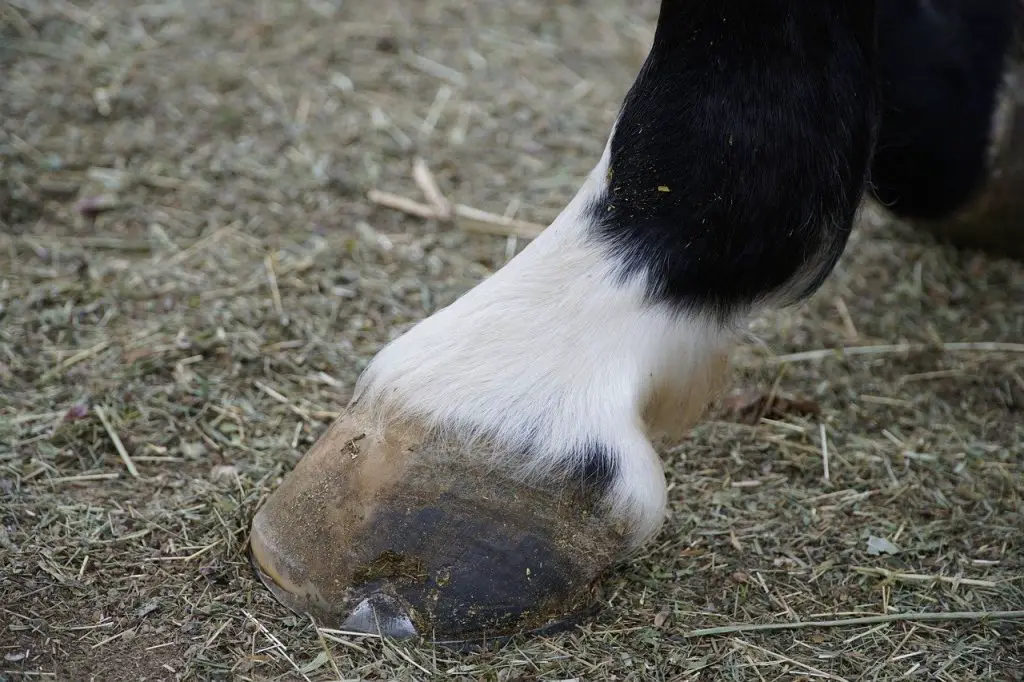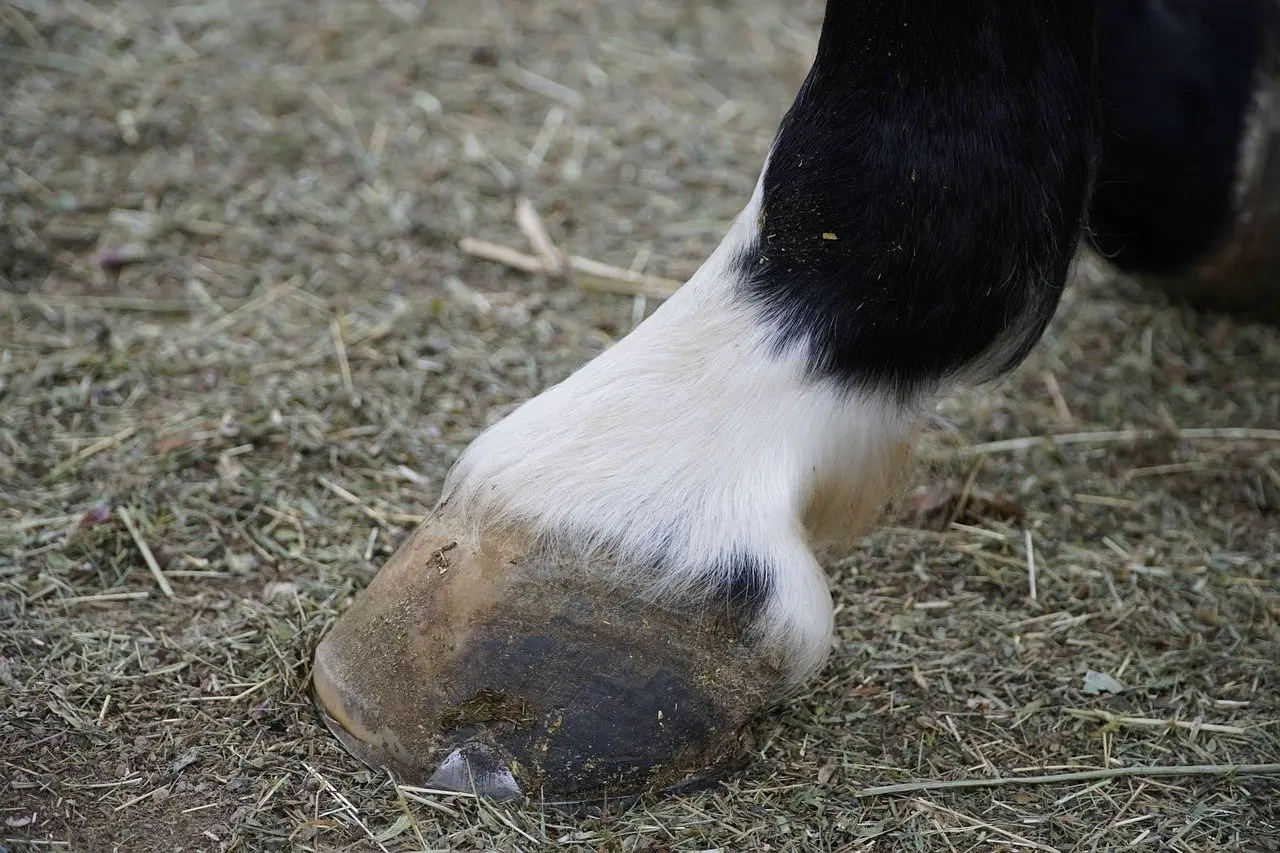Last Updated on March 31, 2022 by Allison Price
White line disease (WLD), also known as seedy-toe, is a term that describes similar infections. WLD and seedy toe look identical and both involve the same opportunistic fungal or bacterial invaders. Both are secondary hoof diseases that are caused by mechanical hoof problems, or whole-horse health problems.
Understanding the primary causes is more important than understanding the terminology. So, let’s get on with it.
What is the cause of infection?
WLD can strike horses of all ages, breeds, and sexes. WLD can affect any horse, one hoof or all. Hoof wall infections are more common in horses with wet feet than those with dry feet. Although poor management is frequently cited as the cause, infected hooves are also possible in well-managed horses.
Hoof experts have not reached a consensus on the possibility of chronic laminitic horses developing white line disease.

White line disease can be caused by bacteria, fungi or both. It is caused when the keratin within the inner hoof wall is broken down. These organisms are considered to be opportunistic. They must be in the right environment to cause problems. How can they get in? It is likely that the sole junction/wall is the gateway.
Three red flags
The hoof is susceptible to infection if it has three conditions. Poor hoof mechanics is the first. Wall flares and long toes can stress the connection between sole and hoof wall. Potential entry points to infection include wall separation, cracks, splits, or wall separation. Most breaches are not dangerous or infected. Infection is rare, but it does happen.
This second reason might surprise you: The coffin bone has small dents in it. This is called “seedytoe” and it almost always appears at the toe. It is usually confined to one area. Although it rarely causes any problems, this area is susceptible to recurring infections.
The third condition is the most important and important to address, possible laminitis. Laminitic horses are the most likely to develop seedy toe. These horses are most vulnerable for many reasons. Inflamed laminae create a weak link between the hoof wall & coffin bone. Hoof imbalances can be problematic. The wall can be torn from the coffin bone by excessive pull from long hoof walls. These tears may appear small at first, but they become more significant over time. If the damage is not stopped, the sole may become pulled and the white line will eventually stretch. The circulation can be reduced, which can lead to bone loss. These problems can make your foot more susceptible to bacteria and fungi. WLD can be secondary. WLD does not thrive in a healthy hoof.
Hoof wall anatomyExpand
The coffinbone is located within the hoof. The laminae connect the hoof walls to the coffin bone in a healthy foot.
Two distinct layers make up the hoof wall. The outer walls extend from the coronary area. This is the pigmented layer that gives each hoof its color. The outer wall is thicker than the inner wall, which is more hydrated. The laminae produces the inner wall and it is white in color. It is responsible for attaching the outer hoof wall and coffin bone. This layer is vulnerable to fungal and bacterial infections, such as WLD (or seedy toe).
It is called the whiteline structure, but it isn’t actually white. It is brownish-yellow. The terminal and upper papillae of the laminae produce the white line. The white line connects the sole to the inner hoof wall.



